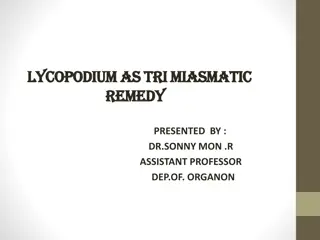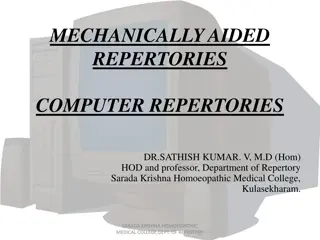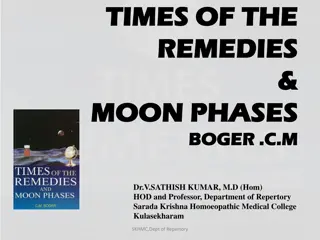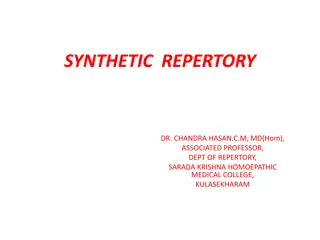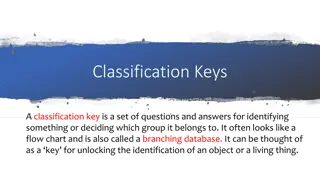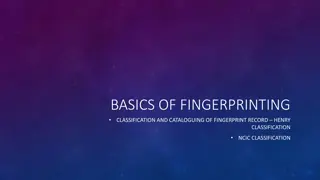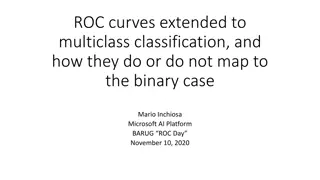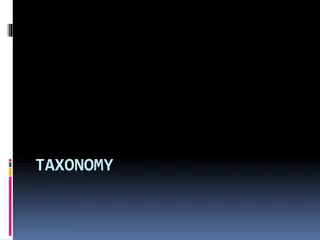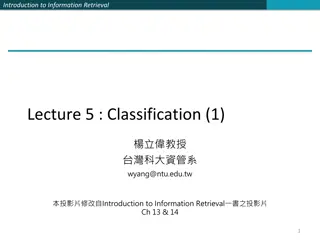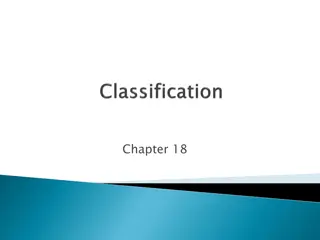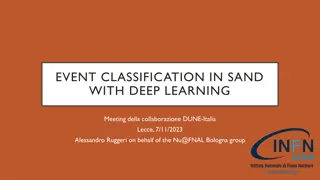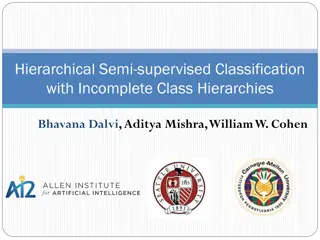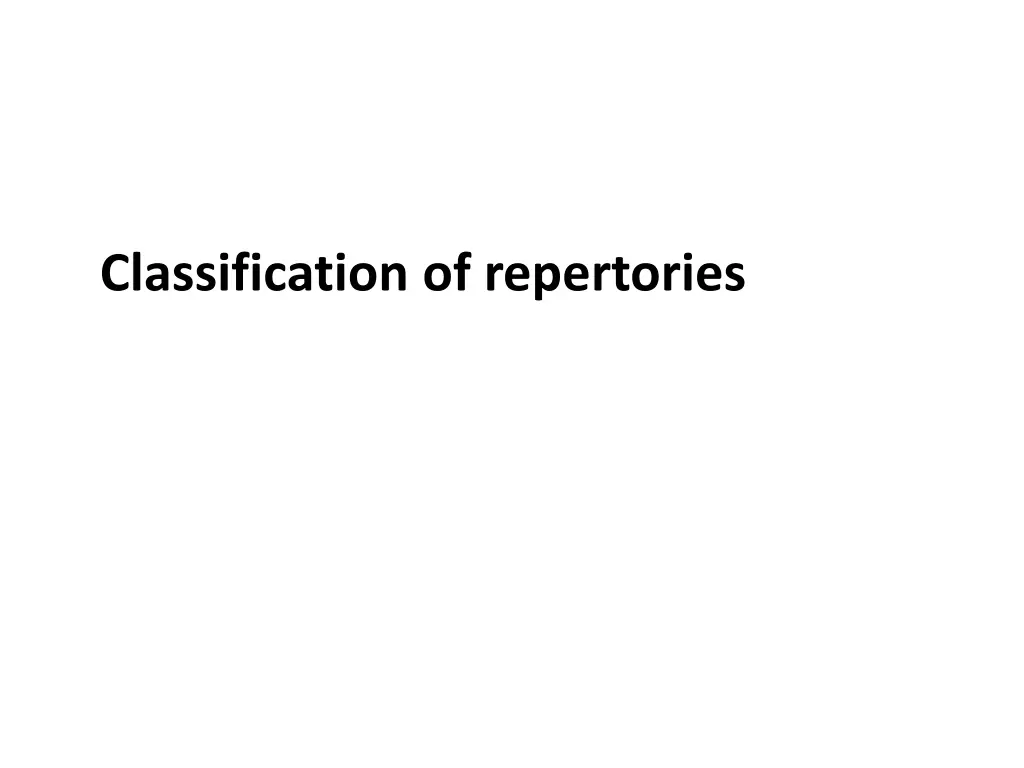
Classification of Homoeopathic Repertories
Discover the diverse types of homoeopathic repertories and how they are classified based on philosophical concepts. Learn about repertories that prioritize generals to particulars, particulars to generals, doctorine of analogy and concomitants, and those without a distinctive philosophy. Explore popular repertories like Kent's Repertorium Generale, Synthesis by Fredrick Schroyens, Therapeutic Pocket Book by Boenninghausen, and more. Enhance your understanding of homoeopathic practice with the right repertory selection for effective treatment.
Download Presentation

Please find below an Image/Link to download the presentation.
The content on the website is provided AS IS for your information and personal use only. It may not be sold, licensed, or shared on other websites without obtaining consent from the author. If you encounter any issues during the download, it is possible that the publisher has removed the file from their server.
You are allowed to download the files provided on this website for personal or commercial use, subject to the condition that they are used lawfully. All files are the property of their respective owners.
The content on the website is provided AS IS for your information and personal use only. It may not be sold, licensed, or shared on other websites without obtaining consent from the author.
E N D
Presentation Transcript
The number of repertories has been progressively increasing since the time of Dr. Hahnemann. Today there are more than 200 repertories available. There are various types of repertories, which can be helpful for different purposes. Hence, it is necessary to classify them so that the busy practitioners can utilize the right repertory at right time.
1) Based on the philosophical concept: These repertories have distinctive principles of their own. Therefore, cases have to be selected to fit them with the principles. Even to understand these repertories, there philosophical concept should be known.
a) Based on concept of Generals to Particulars : Here the generals are given prime importance, then follow characteristic particulars. For example: 1) Repertory of Homoeopathic Materia Medica by Dr. J. T. Kent
2) Lippes repertory 3) Synthetic repertory by Dr. Barthel & Dr. Will Klunker 4) Kent s repertorium Generale by Kunzil 5) Homoeopathic medical repertory by Robin 6) Synthesis by Fredrick Schroyens
7) Homoeopathy & child care by Dr. Shashikant Tiwari 8) Complete repertory 9) Repertorium Universale by Zandvoort b) Based on concepts of Particulars to Generals : on philosophical concept of totality
1) Based on the doctorine of analogy & concomitants Ex : a) Therapeutic pocket book by Boenninghausen 2) Based on complete symptom, concomitants & pathological general Ex : a) Boenninghausens characteristic & repertory by bogar
b) Synoptic key of matria medica by Bogar 2) Repertories having no distinctive philosophy : They are also called concordance repertories. These repertories are mostly used for the purpose of reference & not for systematic repertorisation
Ex : a) Knerrs repertory to hering guiding symptoms b) The concordance repertory of the materia medica by Genntry in 6 vol 3) Clinical repertories : These repertories have many clinical rubrics under different systems, & medicines are grouped against the name
of the disease They are sub divided a) covering the whole body : - Clinical repertory appended to boericks materia medica - Clinical repertory by J H Clarke b) They deal with the disease condition or a part
-On specific part : a) Berridge s eye b) Morgan s urinary organs C) Milton s uterus - On clinical conditions : a) Roberts rheumatic medicines b) Bell s diarhoea c) Allens repertory of intermittent fever
4) Card repertories : Slips of card arranged systematically facilitate the work of finding out remedies. Mostly it consists of punched cards. Ex : - Kishores card repertory - Boger s card index - Fields card repertory - P. Shankarans card repertory
- Sharmas card repertory : 5) Mechanically aided repertories : To facilitate & expedite the work of repertorisation, mechanical devices were added to the field of repertory. The whole repertory as well as the process & methods of repertorisation are put in the form of software. This has indeed made repertorisation faster & easier.
some computer repertories are 1) CARA 2) RADAR 3) Organon 96 4) Dolphin 5) Hompath .. etc


